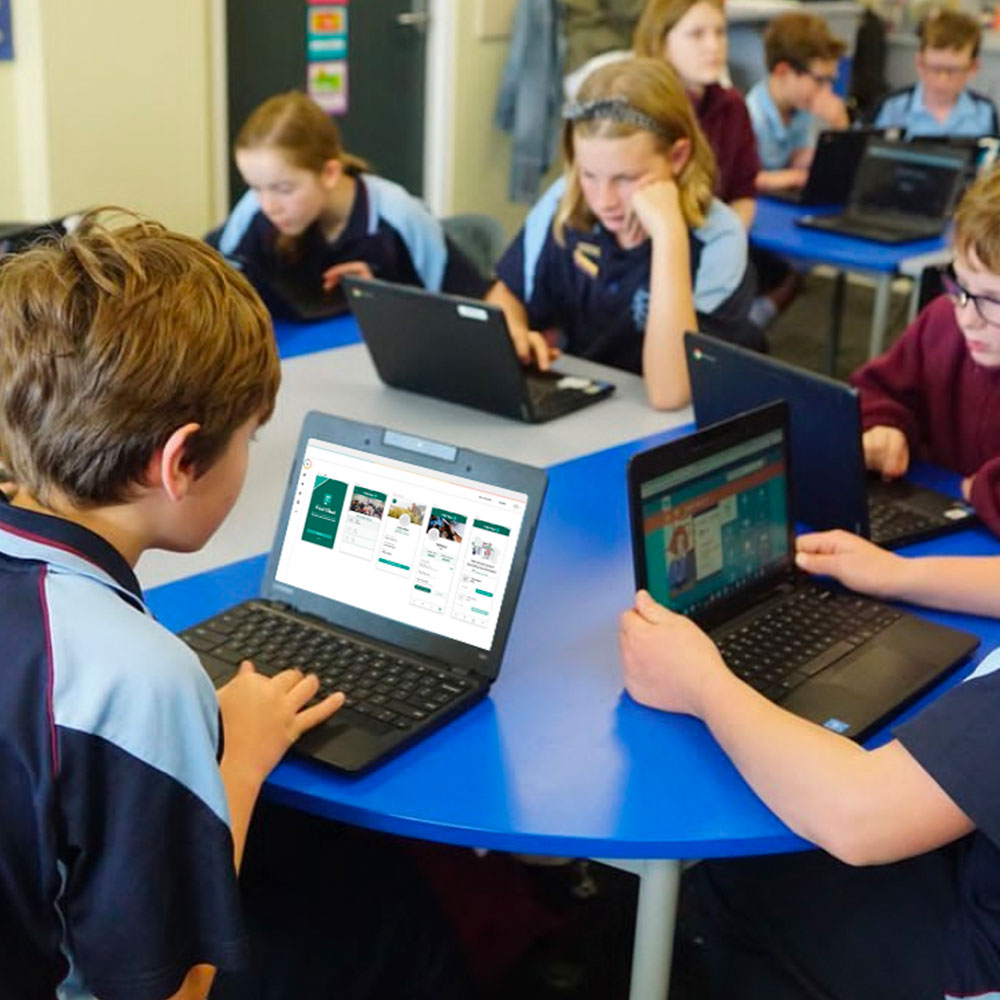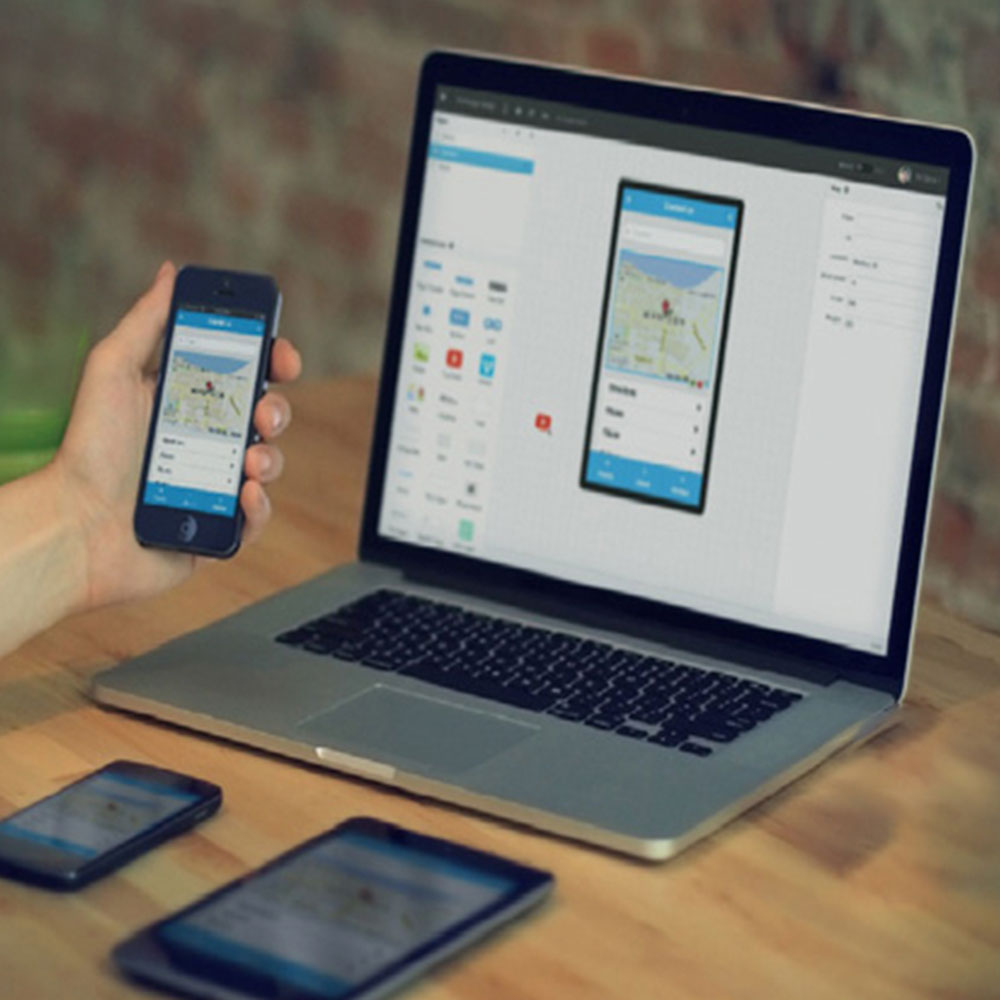Design Thinking in School
.jpg.jpg)
When a product, app, website, or anything else that is to be used by a consumer needs to be created – it is essential to design it in a way such that the product looks attractive, is easy to use, and is fully functional.
Experts use Design Thinking – a process which is iterative, flexible, and focused on collaboration between designers and users – with an emphasis on bringing ideas to life based on how real users think, feel, and behave.
A solution-based approach, Design Thinking increases the probability of success and breakthrough innovation by tackling complex problems through:
Empathizing: Understanding the human needs involved.
Defining: Re-framing and defining the problem in human-centric ways.
Ideating: Creating many ideas in ideation sessions.
Prototyping: Adopting a hands-on approach in prototyping.
Testing: Developing a prototype/solution to the problem.
Importance of teaching Design Thinking in Schools

- Equipping students with design thinking skills early on in their life prepares them for the competitive future of work
- It develops 21st Century skills like problem-solving, decision making, and creative thinking in students
- It enhances students’ creative confidence to adapt and respond to new and difficult challenges
- Learning design thinking skills enables students to identify and develop innovative & creative solutions to problems as and when they face them
- It develops empathy skills in students and prepares them to become smart working members of the society who can solve complex challenges in the future
Design Thinking in the Classroom

Let’s understand how designing an app helps in developing design thinking skills in students.
To create the app, students will use the Design Process: Empathise, Define, Ideate, Prototype, Test.
Empathise
In this phase, students will learn about the user who is going to use the app.
- Who is the user?
- Which age group do they belong to?
- What do they do?
- What are they going to use the app for?
- What problems do they face with similar apps? What functionality are they most interested in?
Students can conduct a survey to gather as much information as possible from potential users – they can use online survey tools as well as offline methods to interview and gather the information.
Define
“What do we need to create to fulfil the user’s needs?”
- This is the question that needs to be answered in this phase of the design process. Students will be able to answer it once they have narrowed down who the users are and what application they need.
- As the application concept gets finalised, students need to identify what a user might need from it.
For example:
• The app should be simple to understand and use
• It should be accessible in offline or online mode
• The screen should be compatible with all devices
• The app should match the expected functionality
• The app should not ask for any unnecessary personal information from the user
Ideate
In this phase, students need to draw rough drafts of the app and brainstorm which design will lead to the best results.
They also need to consider the cost of production, supply, ease of using the app and aesthetics (how it looks) while designing drafts.
Students can consider the following tips while designing the User Interface (UI):
• A simple design will keep the user at ease while interacting with the app
• There should not be too many elements placed randomly on the app
• Forms to retrieve user information should be as short as possible
• Space, colour, shapes, text fonts should be well designed, easily readable and comforting to the eyes

Prototype
- In this phase, students need to draw prototypes of the app. They will also brainstorm which design will provide the best user experience
- The best practice is to design a mock layout of the app on a paper to get a clear idea of what the app should look like
Implement functionality of the app
After completing the above app design process, students will implement the functionality of the app as per user requirements.

Test
- In this phase, students will take a prototype to the users; they will ask the users to use it and give their feedback
- Through the feedback, students will assess which features are expected, understand the drawbacks, and redesign the app to improve it further

Users and their problems are the focus areas of design thinking. Learning more about the users will help in creating better solutions for them.
Powered by Froala Editor
